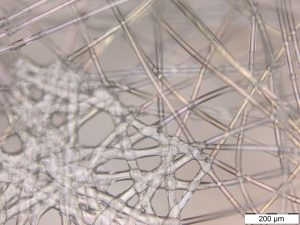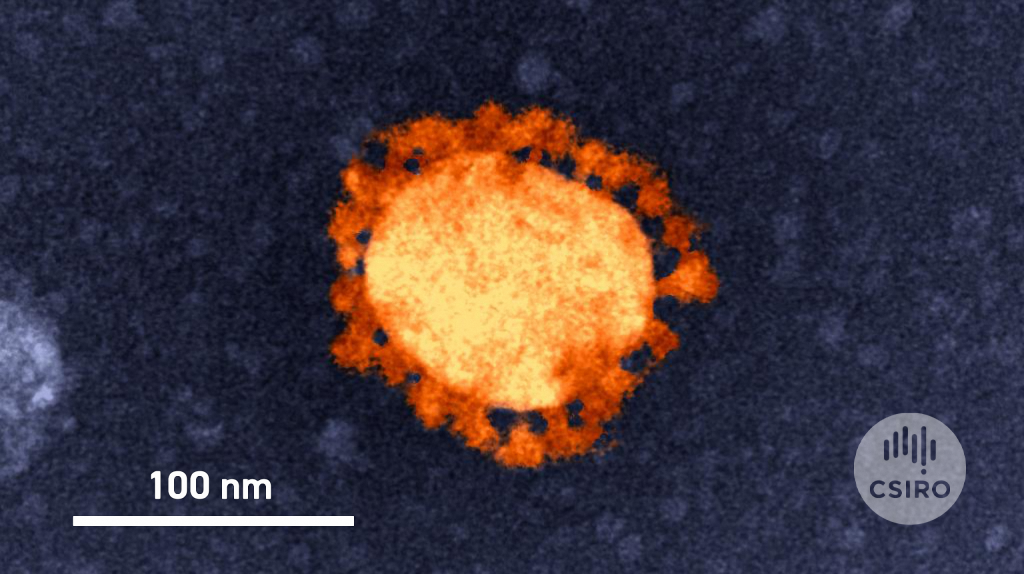Microscopy Australia has been supporting the nation’s response to the COVID-19 in many ways at our facilities around the country.
- Our University of Queensland facility is supporting COVID-19 work by providing microscopy to the vaccine development group.
 Optical microscopy (right) and staff expertise at the University of South Australia are being used to develop methodologies, bespoke equipment and to test the quality and effectiveness of locally manufactured personal protective equipment.
Optical microscopy (right) and staff expertise at the University of South Australia are being used to develop methodologies, bespoke equipment and to test the quality and effectiveness of locally manufactured personal protective equipment.- Several facilities have supported WearOptimo as they deploy their revolutionary ‘sticker-like’ sensors that rapidly measure and report on IL-6 levels through the skin. A rapid rise in the levels of IL-6 predicts the onset of a dangerous cytokine storm a few days before it happens. Detecting and monitoring IL-6 allows patients to be prioritised for intensive care. Lab-based measurement of IL-6 is labour intensive and takes many critical hours. It is therefore not routinely measured in COVID-19 patients. The Wear Optimo sensor can give a result in minutes and can continue to monitor a patient throughout the time they are in hospital. This proof-of-concept has been demonstrated and Wear Optimo is now rapidly developing its sensor for evaluation in clinical trials.
- Electron microscopes at Monash University are being used to study materials being developed at the University of Melbourne for use in COVID-19 test kits.
- SEM at our Linked Lab at Queensland University of Technology has supported the development of new highly breathable nanocellulose mask materials that can filter out viruses.
- TEM at our University of Adelaide facility has been used to assess magnetic micro-beads, a key reagent for locally produced COVID-19 test kits for SA Pathology.
- The International Atomic Energy Agency (IAEA) has sent additional samples to our UWA facility (an IAEA Analytical Laboratory) to analyse on the ion probe as access to their European Network of Analytical Labs has been heavily restricted due to COVID-19 shutdowns.
- Our high-containment linked labs at the Australian Centre for Disease Preparedness contributed to a great story on the ABC on how electron microscopy is used to study the SARS-Cov-2 virus with some nice images from that facility.

Colour-enhanced transmission electron microscope (TEM) image of the SARS-Cov-2 virus, which causes COVID-19. It was taken on the TEM in the high-containment lab at the CSIRO’s Australian Centre for Disease Preparedness (ACDP), a Microscopy Australia linked lab.
 Optical microscopy (right) and staff expertise at the University of South Australia are being used to develop methodologies, bespoke equipment and to test the quality and effectiveness of locally manufactured personal protective equipment.
Optical microscopy (right) and staff expertise at the University of South Australia are being used to develop methodologies, bespoke equipment and to test the quality and effectiveness of locally manufactured personal protective equipment.